This methodology, verified by the Fraunhofer Institute for Environmental, Safety and Energy Technology UMSICHT, covers all processes such as hot rolling, zinc production, galvanizing, transport and packaging, ensuring that carbon (CO₂) emissions are calculated in detail. The calculations are performed separately for each delivery on a product-specific basis, and the results are provided to customers with individual certificates.
In 2025, the model was revalidated by Fraunhofer UMSICHT and has now been expanded to cover nearly the entire Wuppermann product portfolio.
With the updated model, the range of products eligible for carbon footprint certification has been significantly broadened. These now include WProtect – a steel strip over 600 mm wide with a special film providing long-term, high-durability corrosion protection; WTopCor – a zinc-magnesium alloy coating offering strong corrosion resistance with a low carbon footprint; as well as black and pickled tubes, zinc- or zinc-magnesium-coated tubes in various shapes and diameters, and steel profiles produced in different sections and coatings.
How the carbon footprint is calculated
For every order, Wuppermann calculates carbon (CO₂) emissions on a product-specific basis. The calculation takes into account the amount of material used, coating type, production processes and transport conditions. Where available, the required data is taken from manufacturer documentation (EPD, PCF); otherwise, European averages are applied.
Low-carbon alternative: WTopCarb
For customers seeking more sustainable solutions, Wuppermann also offers products under the “WTopCarb” line. WTopCarb refers to galvanized hot-rolled steel products where carbon (CO₂) emissions are physically reduced to less than 1 ton of CO₂ equivalent per ton of steel.


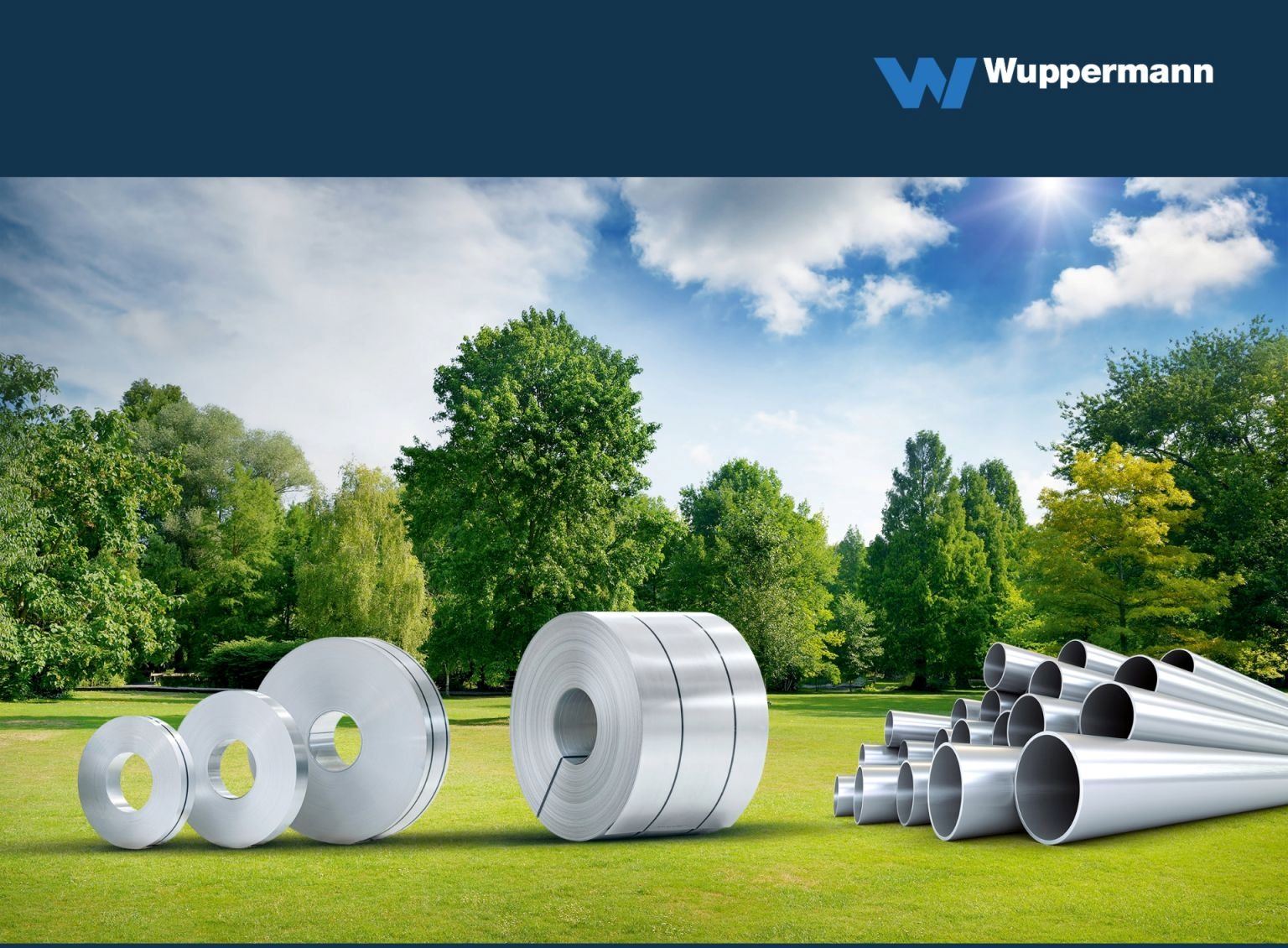
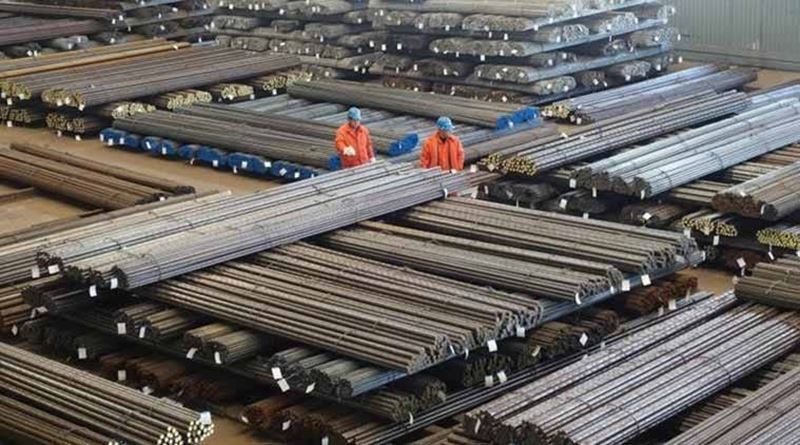
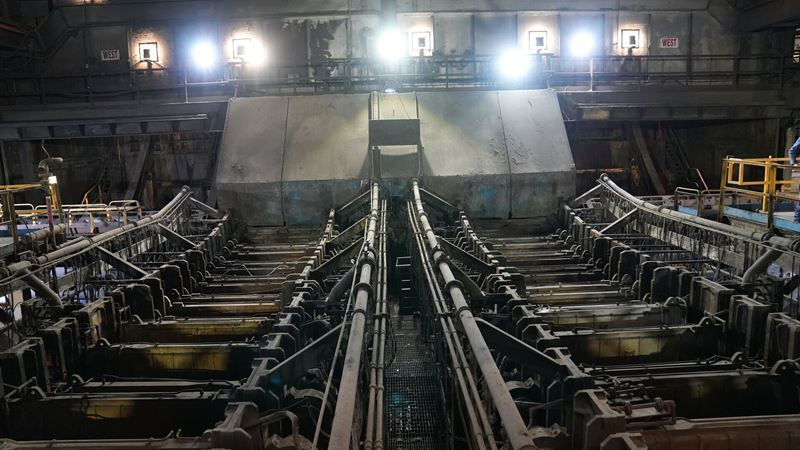
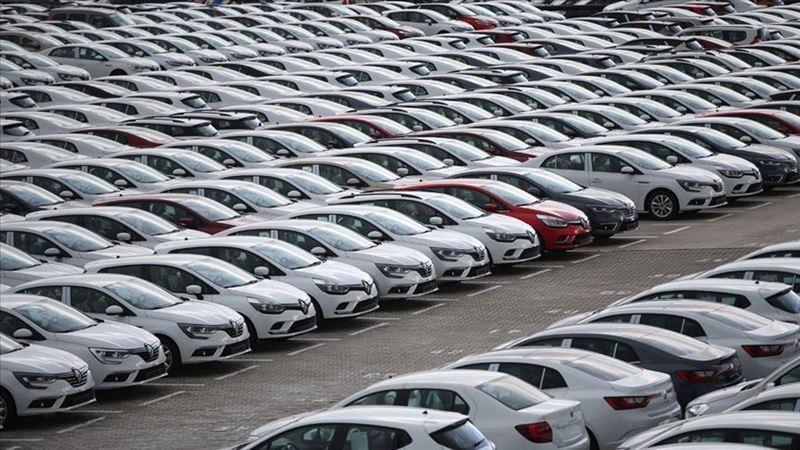
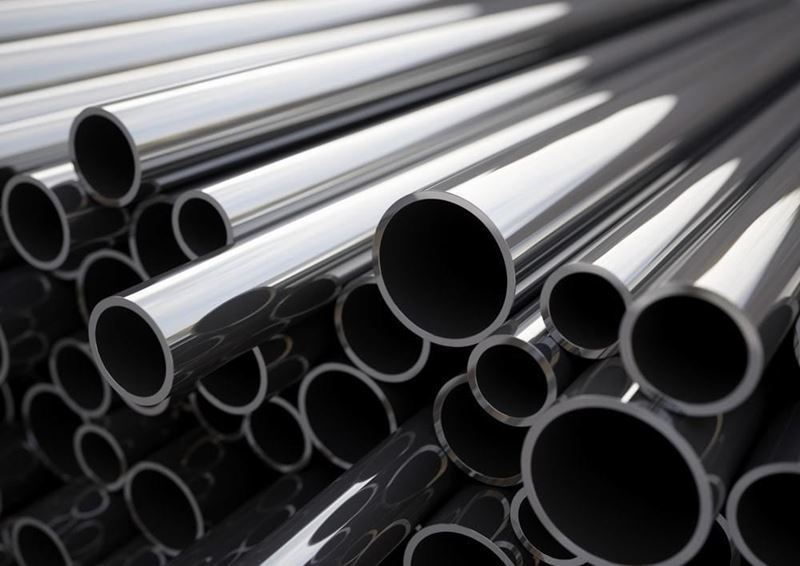
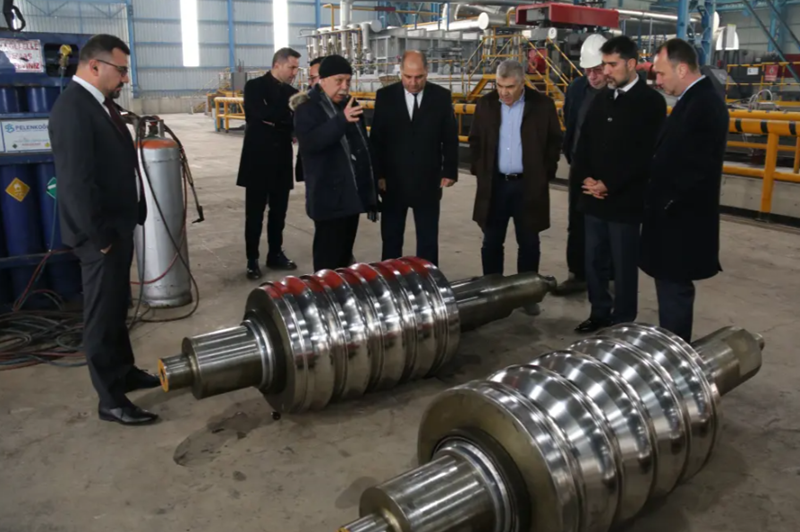

Comments
No comment yet.